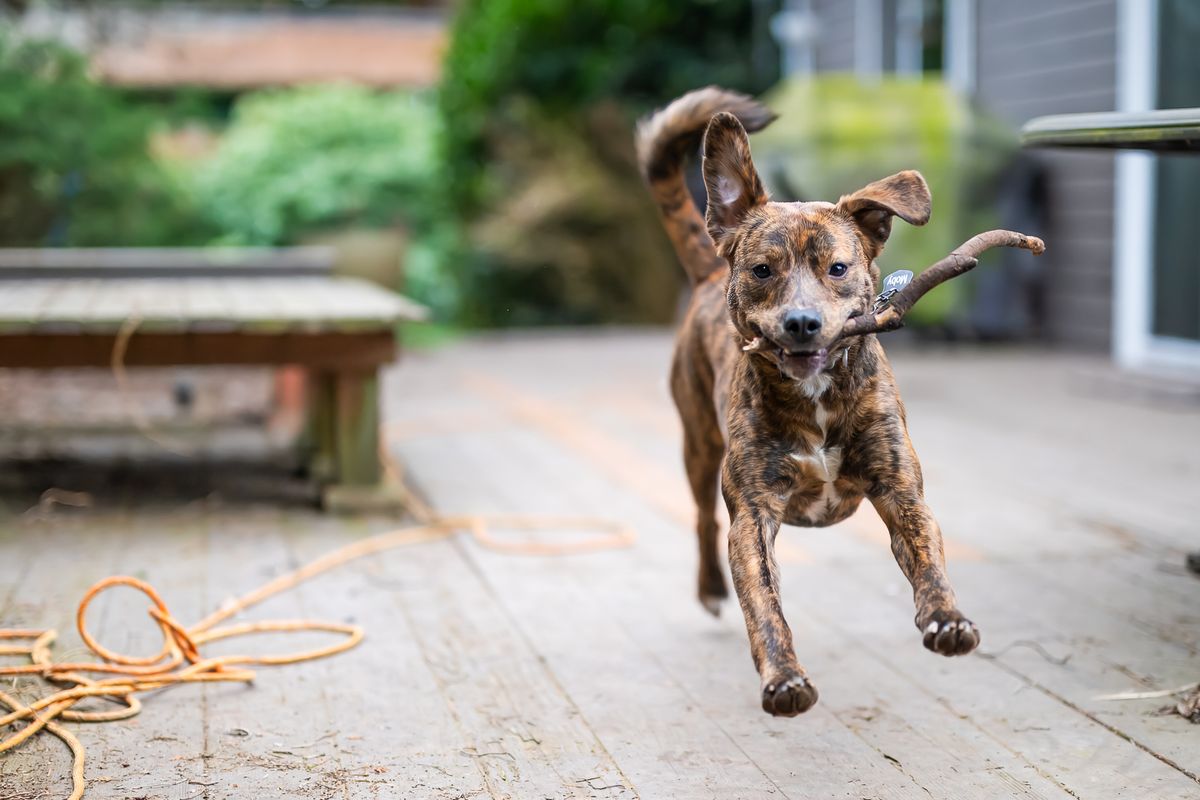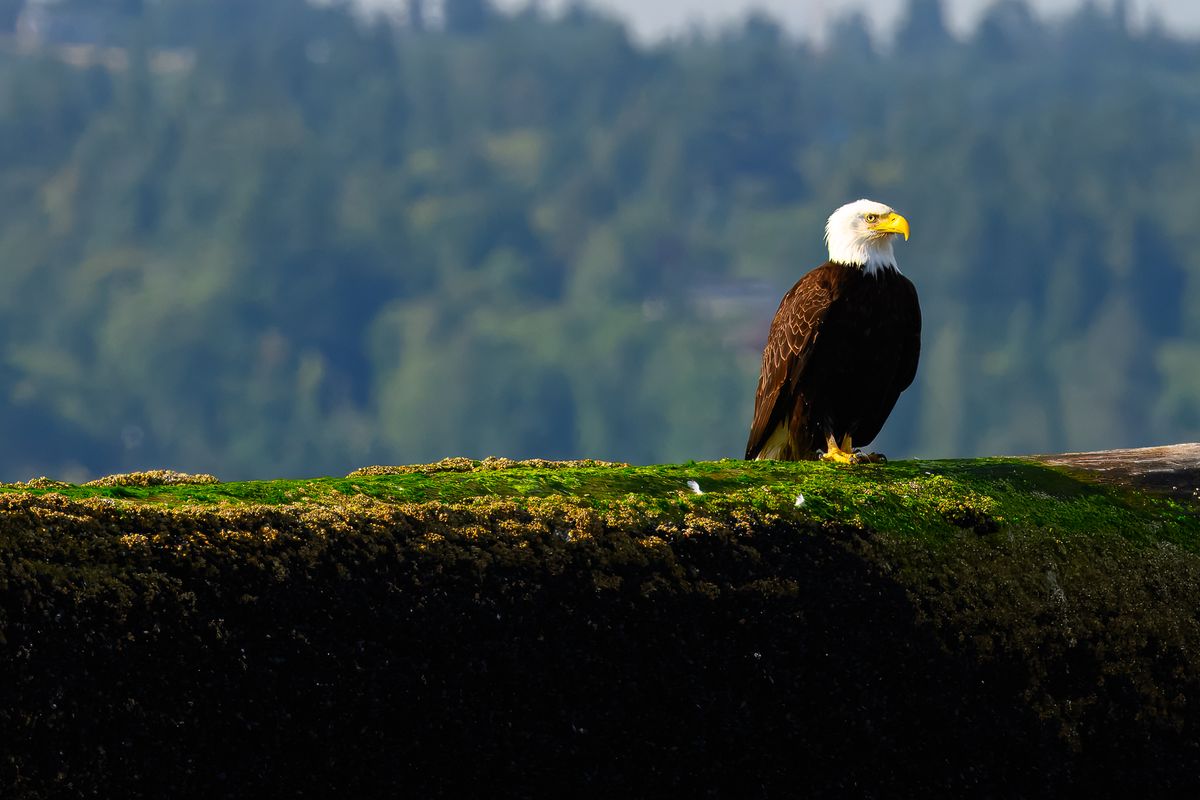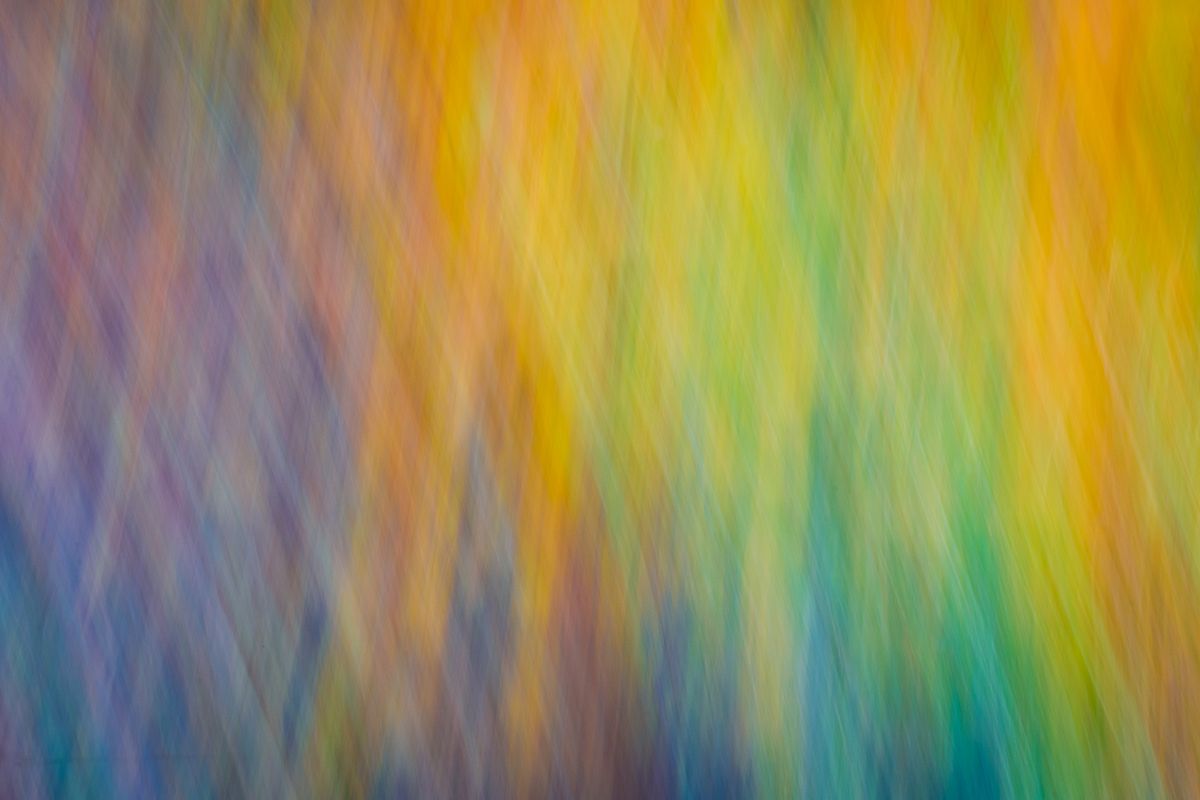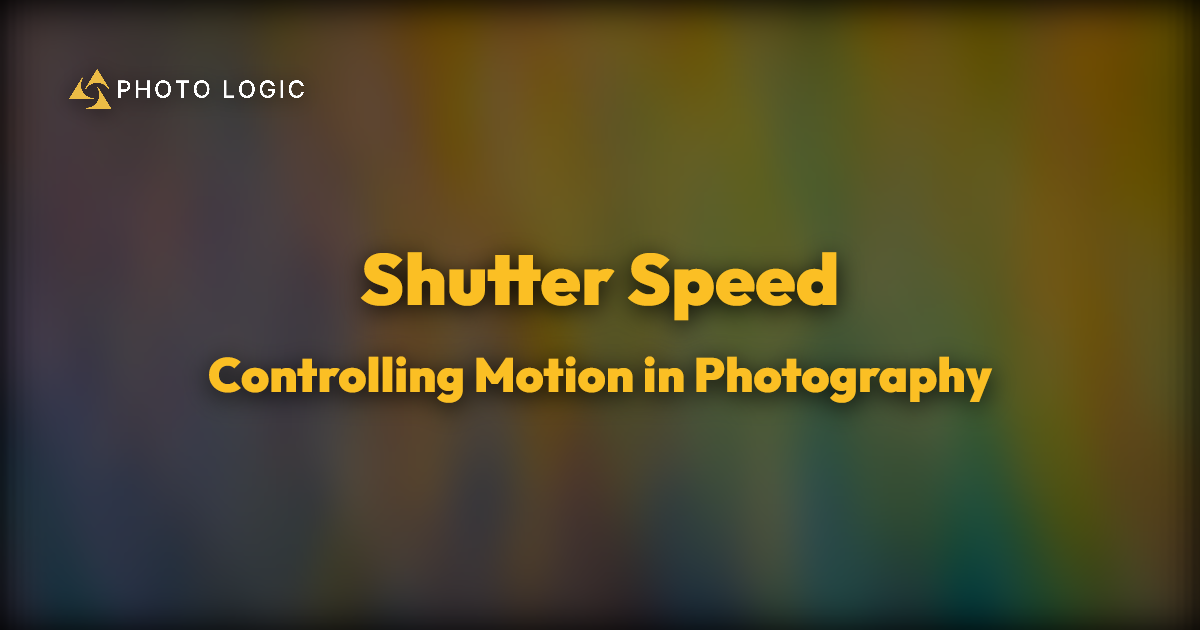Motion in photography can make or break an image. You can convey speed with intentional motion blur, or freeze action for a true photo finish. Good motion in photos comes down to two things: a photographer's grasp of how to creatively use shutter speed and their creative intent.
What Shutter Speed Really Means
Like we covered in Understanding the Exposure Triangle, shutter speed is amount of time you expose your camera's sensor or film to light. In the tap metaphor, if aperture is the size of faucet, shutter speed is how long the tap flows.
Shutter speed is written as seconds or fractions of seconds, like 5s, 1/250s, 1/125s, and so forth. As long as you understand basic fractions, there's no need for this to become a math lesson.
How Shutter Speed Affects Motion
There are a few ways Shutter Speed can transform the sense of motion in your photos.
Freeze Time
First, you can use a fast shutter speed to freeze motion. While almost universally useful, this is particularly helpful in sports, wildlife, and portrait photography. You can use fast shutter speeds to capture a fast-moving subject in sharp detail, or even to stabilize your photos.
Let's look at the obvious one first: capturing a fast-moving subject in sharp detail.

There are fewer things faster than a puppy at play. My dog in particular is a fast-moving meat missiles of entropy.
I set out to get an image of my Moby playing fetch with me, running straight into the camera. We'll cover the harrowing adventures of autofocus in a future therapy session post, but I knew to stand a chance of getting a sharp photo, I had to use a really fast shutter speed. 1/5000s is about 20 times faster than a blink. That'll do it.
Notice how every part of the photo that's in focus is sharp. She's literally not touching the ground. Subtle details like that contribute to the visual story and help make the photo more interesting.
Stabilize Photos
The "rules" of photography are really just guidelines. Don't let anyone tell you different. One generally useful set of rules, though, is related to the minimum shutter speed you can use while holding a camera with your hands (read: not on a tripod).
For any focal length, you generally don't want to shoot slower than 1 divided by your focal length. So for example with a 50mm lens, you want to shoot faster than 1/50s on a full frame sensor. Otherwise you can introduce unintentional blurriness into your photos. Tripods aren't always convenient or possible, and this bit of knowledge can help you understand where the limits are as you balance the exposure triangle.
The "1-over-your-focal-length" rule is the old school way to think about it. Stabilization, whether in your camera body, your lens, or both, has come a long way towards redefining that guideline. Thanks to technology like that, I've handheld tack sharp photos on a 135mm lens as 1/50s, maybe even less. But the universal truth is this: the faster your shutter speed, the less motion you'll inadvertently transfer through the camera and into your photos. You can't out-stabilize physics.
Cropped Sensor PSA
If you're not using a "full frame" camera (just means the sensor is roughly equivalent to 35mm film), you need to do more math for the "1-over-focal-length" rule to work. Multiply your focal length by your crop factor. For example, on a 50mm lens on a 1.5x crop body you would want to try to keep your shutter speed around 1/70s or faster (50 x 1.5 = 75).
Let's look at a practical example of using shutter speed as a stabilizer.

I snapped the above photo from a kayak on the Puget Sound. The Sound is fairly calm, but two factors were working against me: I was using a long, fully racked out telephoto lens, and I was getting tossed around by wind and water. I was rocking around so much, I could barely frame up the shot. So when I saw this eagle, I knew I needed to use a fast shutter speed to get a sharp photo.
On the other end of the spectrum from the "1-divided-by-focal-length" rule above, faster shutter speeds can help freeze your motion from creeping into photos. No matter how steady you think your hands are, holding a few pounds of metal and glass will introduce fatigue. Add that fatigue to other conditions like wind, rain, or the sea, and camera shake ensues. Camera shake means unintentional motion blur in your photos.
Faster shutter speeds naturally counteract the camera shake effect. If you use a faster shutter speed, the shutter needs to be open for less time and the camera is more stable while capturing the exposure. In the example above, that 1/500s fast shutter speed ensured that none of the motion in my boat was transmitted to the camera or the final image.
Intentional Blur
Using shutter speed as a tool to create intentional blur is also possible. Images like race cars, long exposures of the stars trailing across the night sky, headlights and taillights winding around a mountainous road... Blur can also evoke speed or beauty that wouldn't otherwise be observable.
Practical example: this one is of fall foliage on a small maple tree in my front yard. The leaves were turning from green to orange to a deep red, and I wanted to take a nice photo of the front of our house in the season. That job done, I decided to try something a little artsy.

I snapped off a few frames while intentionally moving the camera as it made the exposure over a little more than half a second. Part of this technique is called "dragging the shutter." This is where you intentionally use a slow shutter speed to introduce motion blur into your photo (me moving the camera too was just extra credit).
The result surprised me. With a trivial amount of editing, I was really pleased with the result.
Common Mistakes Beginners Make
Some of these tips are about shutter speed, some of them are about hand-holding technique. All of them are at least tangentially related to shutter speed.
- Not supporting the lens. Cameras and lenses are heavy and can distribute the weight awkwardly. Putting a hand under the lens, as opposed to grabbing from the side, helps you create a more stable platform and translates to sharper photos.
- Being overconfident in stabilization. With how good cameras are nowadays with noise management at higher ISOs, you're almost always better served to increase ISO rather than try to shoot below your lens's slowest handholdable shutter speed.
- Overcompensating with ISO. I know I just said the opposite, but try not to swing too hard in the other direction either. ISO graininess is largely editable in post-processing, but you do lose some level of detail the noisier the image becomes. Noise management varies from one camera model to another, so get to know how yours performs so you can establish an upper ceiling for acceptable ISO as well.
Wrapping Up: Time as a Creative Tool
Shutter speed isn't just metadata—it's a key ingredient in storytelling in photography. Whether you use it to stop motion in place or convey beauty, fluidity or speed, a thorough understanding of shutter speed will help you tell many visually interesting stories.
- Find a moving subject (e.g. a car, runner, pet, flowing water, etc.)
- Place your camera in
Shutter Prioritymode and shoot at 1/1000s, 1/250s, 1/60s, 1/15s - Observe how motion and brightness change
